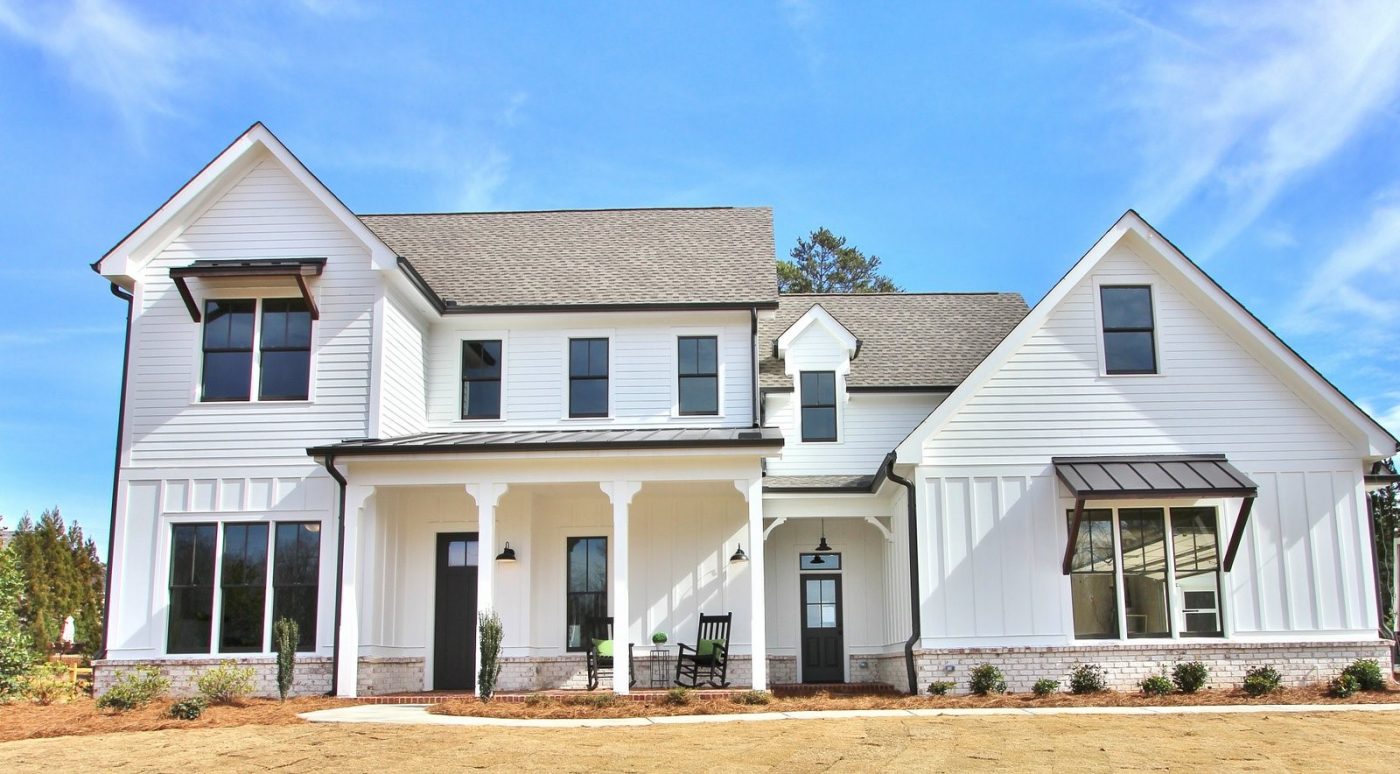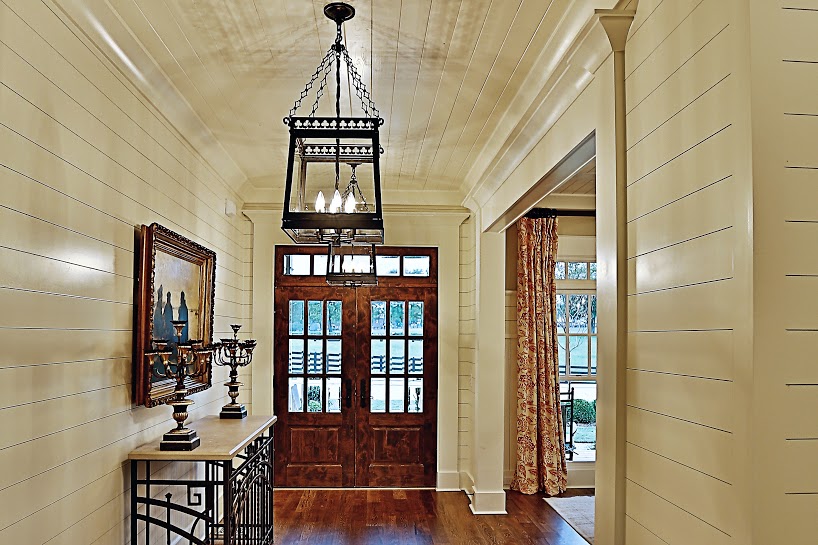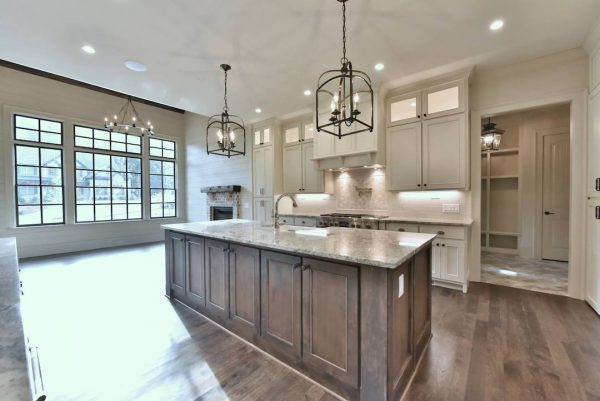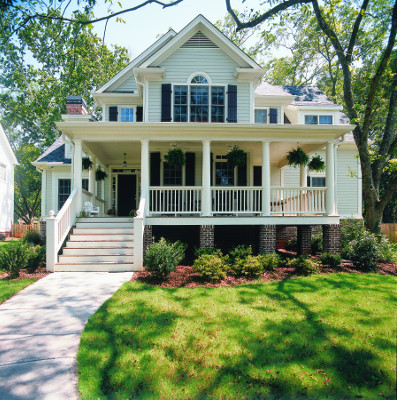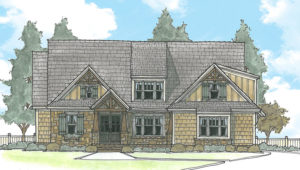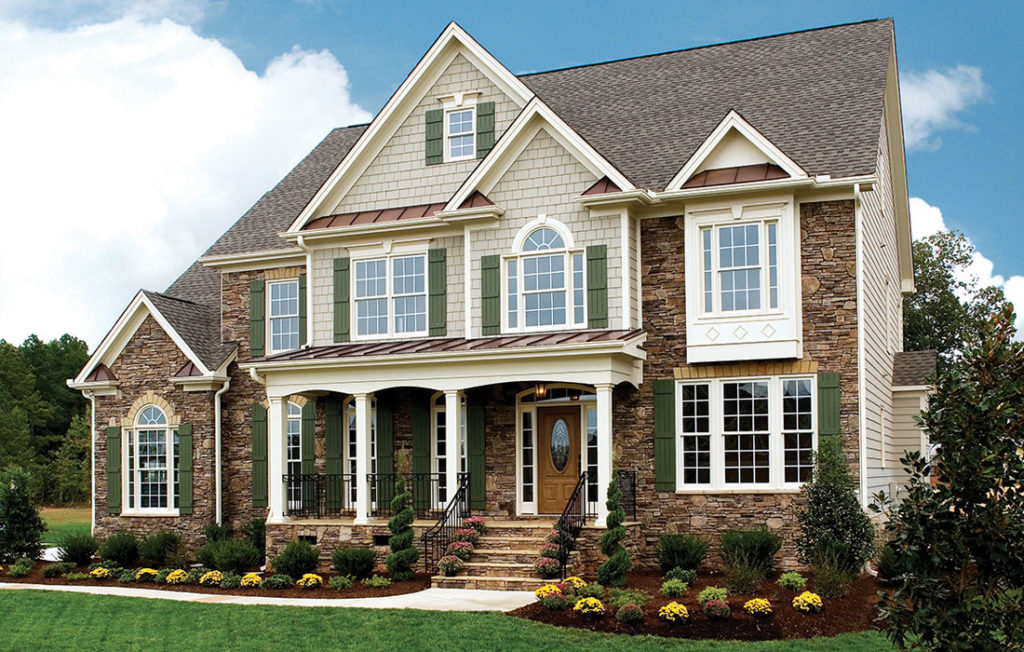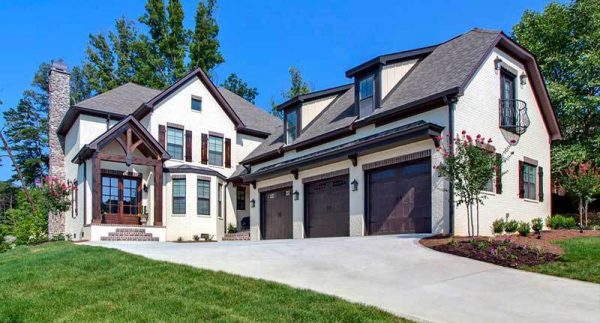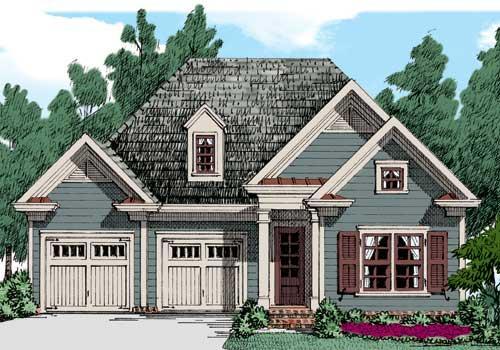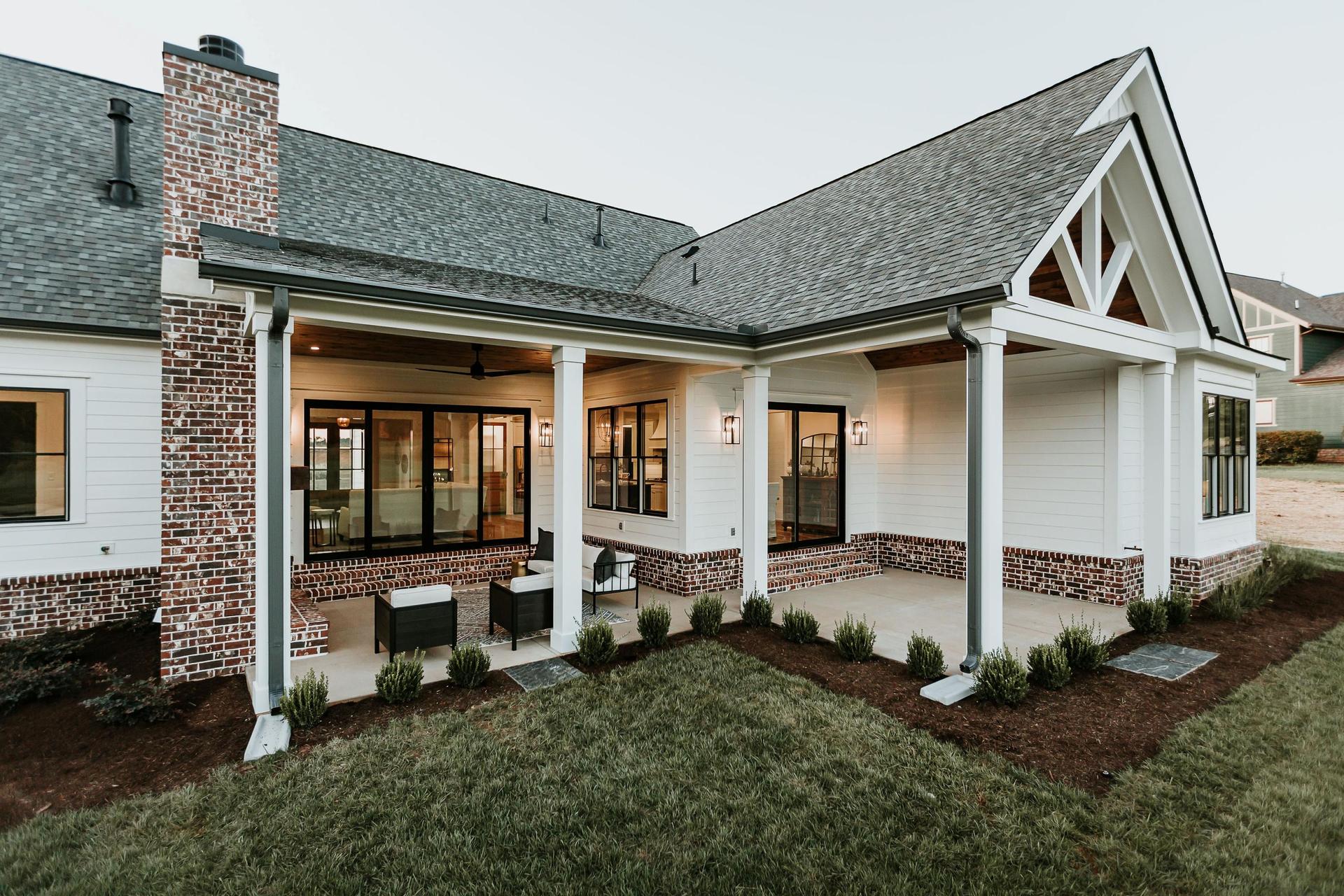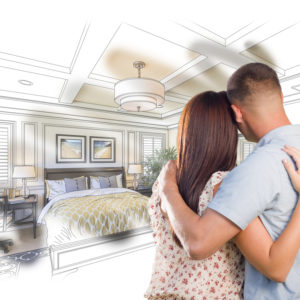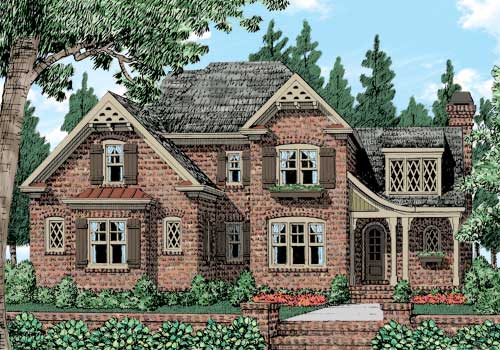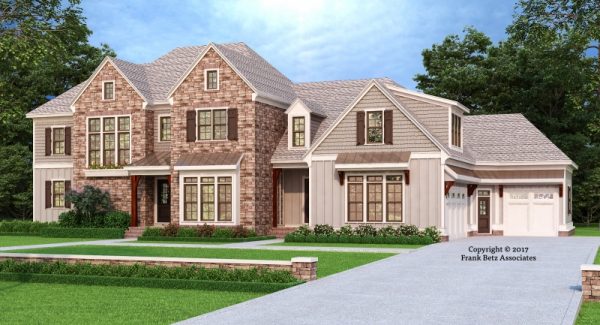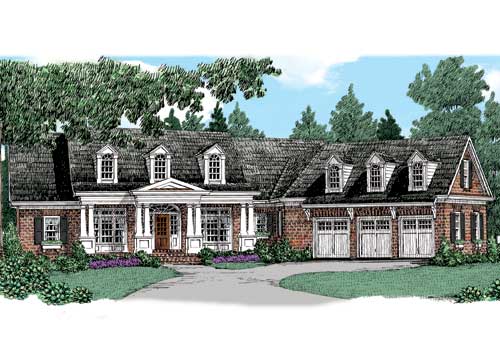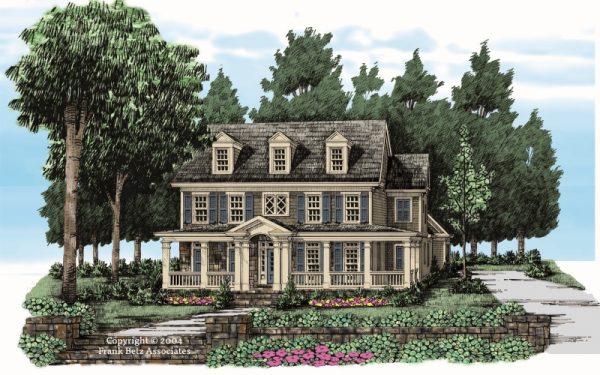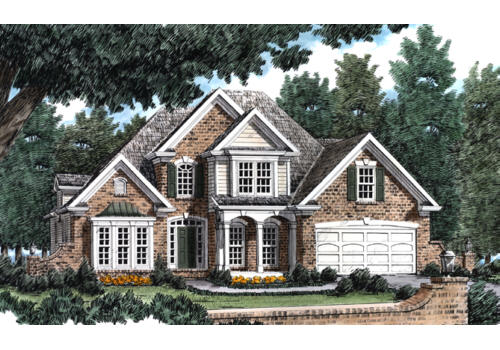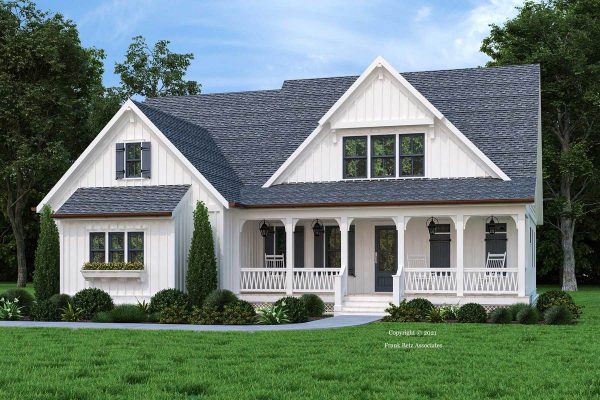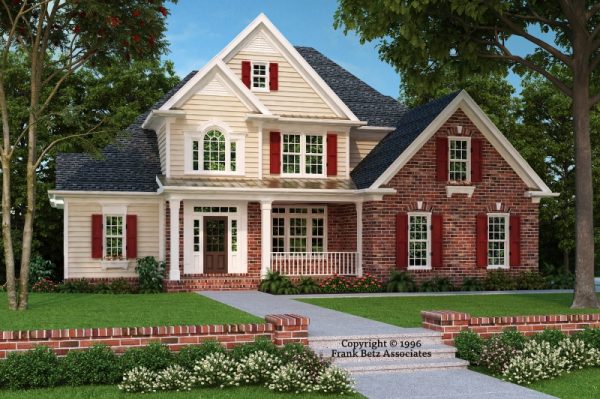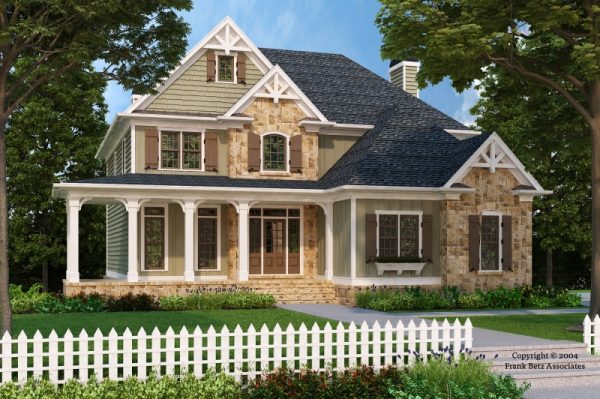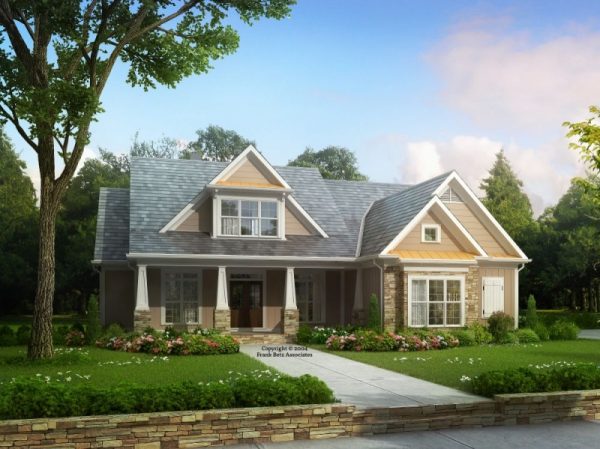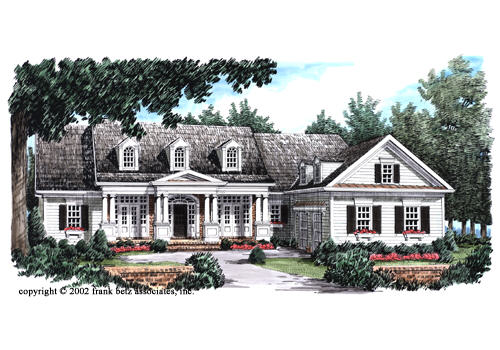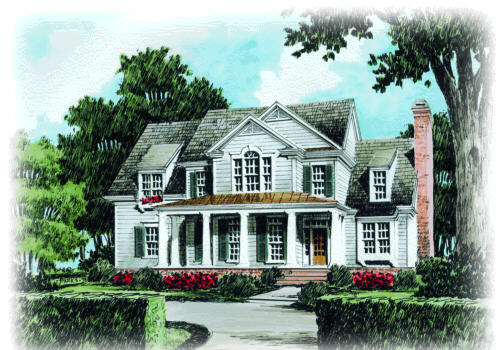Home ownership has many benefits, but it comes with the cost of upkeep and repairs. Homeowners can minimize these costs and keep their home running smoothly with a little consistent care. Getting into a routine of periodic maintenance can go a long way to sustaining the overall condition of your home. Want to cut down on the expected home expenses? Do these tasks at least once a year.
Clean gutters
Yes, no one likes cleaning the gutters, but it’s a necessary chore to prevent serious damage. Your gutters keep rainwater from seeping into your roof, siding, and foundation. A leak in the roof can be expensive and labor intensive to fix. Cleaning the gutters might be a pain, but the cost of not cleaning them is worse.
Check A/C units
The A/C unit is a favorite hiding spot for all kinds of unwanted critters, so give it a sweep and ensure no guests have taken up residence. Cleaning the vents is also a good idea, especially if you have pets or allergy sufferers in the home.
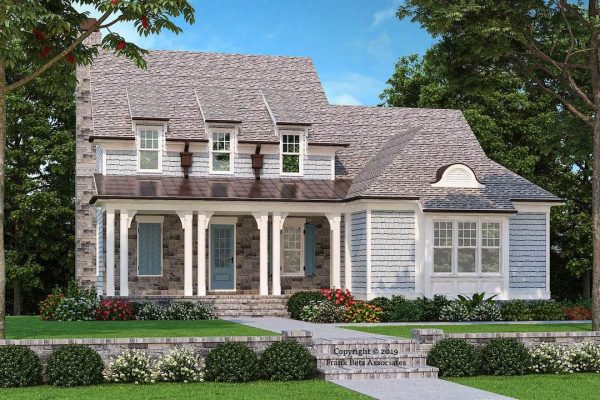
Check water heater
The water heater does a lot of work regulating the temperature in your showers and faucets. If you notice problems with your water temperature, you might need to test the water heater elements or thermostat. This might be a job best left to a technician if you don’t know what you’re doing.
Inspect roofing and siding
Inclement weather can cause all kinds of damage to the exterior of your home. If your house endures cold northeastern winters or stormy southern summers, always inspect your roofing and siding for damage after the season.
Maintain pest control
Left unchecked, bugs and specifically, termites can cause damage to your home. It is very important to have a continuous termite control treatment plan for your home. Roaches and ants can be a nuisance, but termite infestation can be devastating.
Pressure wash decks, patios, and driveway
If you have concrete surfaces outside your home, pressure washing once a year will maintain their value and appearance. Driveways can get especially dirty with oil stains and weed growth, so make sure you wash those carefully.
Winterize hose bibs and pipes
Hose bibs are outdoor faucets attached to the side of house. During the winter, these bibs can fill with water and then freeze, causing the water to expand and crack the pipe. Keep these dry by installing a frost proof hose bibs.
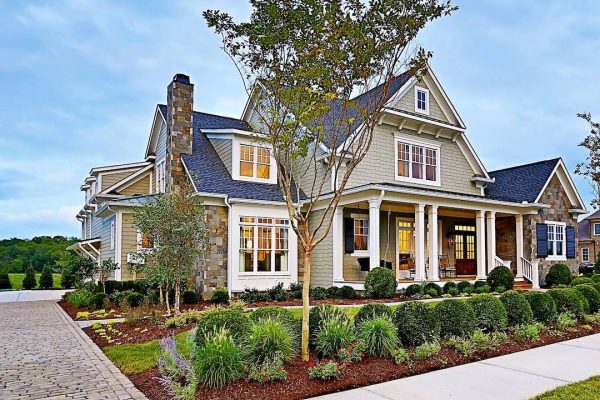
Re-caulk around windows and doors
Gaps in your window and door frames are costing you money by allowing cool or warm air to escape. If you notice an increase in your energy bill, you might need to re-caulk some windows or doors and seal them properly.
Have chimney professionally cleaned
If you enjoy a roaring fire in the winter, don’t forget to have the chimney professionally cleaned after the cold season ends. Ash and soot buildup can create a fire hazard inside the chimney, in addition to damaging the foundation. An annual cleaning is a must for all active fireplace users.
Making sure to follow these recommended tasks is just part of being a responsible homeowner. What may take you a little time to check out, can save you a lot of time in the long run. Home ownership is great if you do it right.
